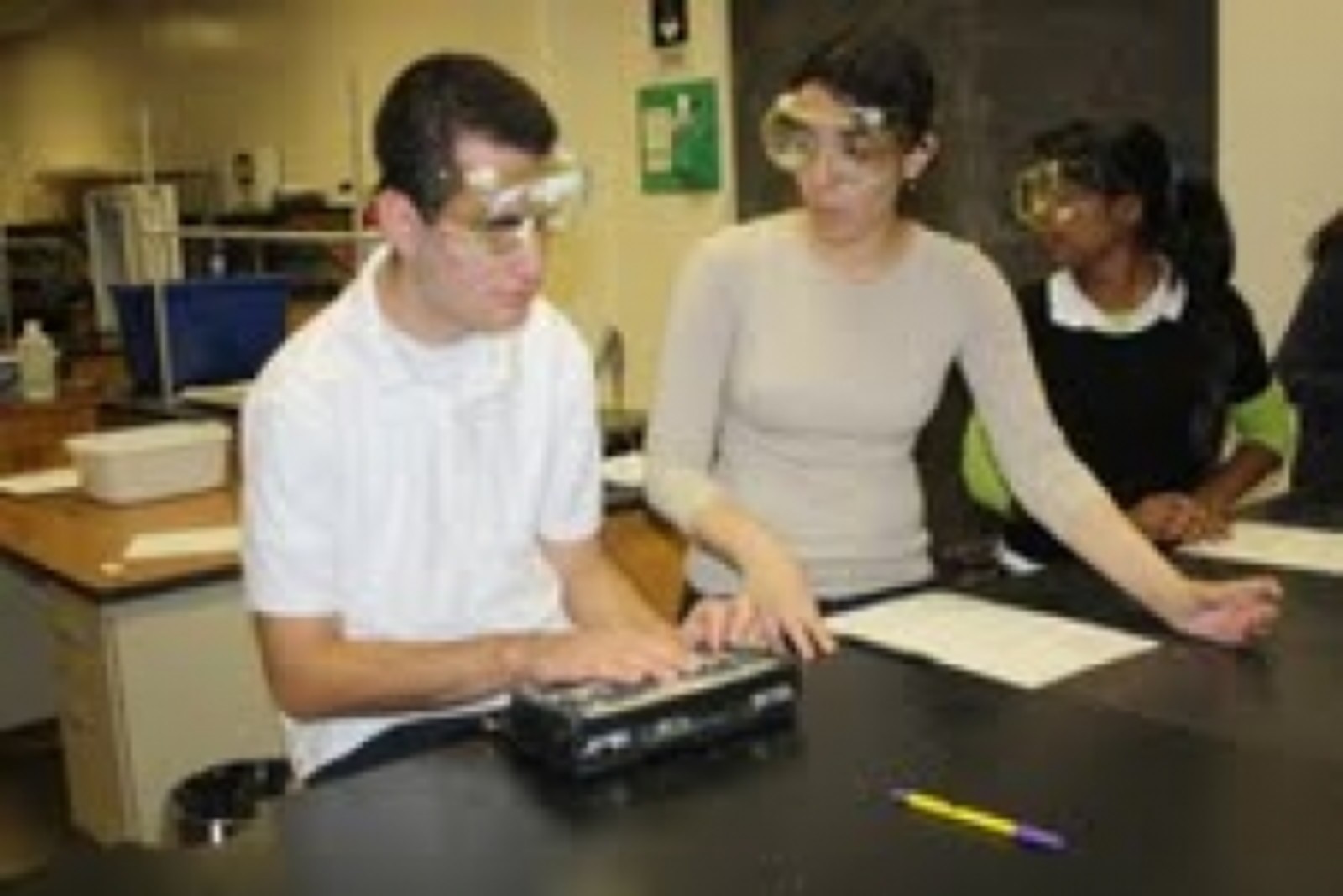Schools must admit gifted special ed kids

Parents of kids with lopsided abilities despair of finding the right educational fit: for the math whiz who has dyslexia; the child with a photographic memory who can’t sit still; the ace test-taker who struggles to get along with her peers. These kids are Twice Exceptional, often abbreviated as 2e. They’re super smart, but profoundly challenged. Most have Individualed Education Programs (IEP), specifying special education services. They just don’t fit into the public school system.
Now the Education Department is telling schools they must admit and meet the needs of these students within the context of their school as part of the special education reform rolled out last year. On January 13, Chancellor Dennis Walcott sent a letter to principals saying: “choice, non-zoned and screened schools will be asked to admit and serve a percentage of students with disabilities equivalent to the percentage of students with disabilities in their district or borough.” said Lauren Katzman, director of special education at the DOE. “There have been targets [enrollment numbers] all along. The change is we’re saying you have to meet your targets.”
On January 19, dozens of parents turned out for a meeting hosted by the Citywide Council on Special Education (CCSE) featuring a panel of educators and Education Department officials including Katzman. They were not surprised to learn that there are no programs designed specifically for 2e kids, moreover the Department of Education does not have “clean data” showing how many 2e’s there are in the system: “Gifted and Talented is not tracked by disability yet but the number is extremely low,” said Katzman.
Parents spoke about the obstacles they have encountered in finding appropriate programs. One spoke about her bright 4-year old with Attention Deficit Hyperactivity Disorder who wouldn’t sit still for the G & T tests; another about confronting “hostile environments” when working with schools to try to get them to improve services. Some schools even coach parents to drop elements from the IEP so the 2e child appears to be more manageable when it comes to middle or high school enrollment, said another parent.
A few spoke of schools that support and challenge their 2e kids. A mother praised staff at PS 217 on Roosevelt Island for placing her ADHD child in a gifted class with related services. Another said, “Lab Middle School does smart and disabled really well.” Another paid tribute to PS 372 The Children’s School in Brooklyn, a pioneer in the inclusion model of special education.
One father attended open houses and has gotten to know principals in the search for a high school for his son: “You can tell who gets it and who doesn’t,” he said. He has compiled his own list of favorites for his high-achiever and wants a small school like Bard, Beacon or The High School of American Studies at Lehman College, even though all are schools with limited special ed populations and services. His child scores well on tests and masks his language processing challenges, but “only up to a point.”
Advocates wonder whether the new special ed mandates will make a difference in admissions for 2e and other special needs students. “Either screened schools will take the high road and look harder for more children to give them better opportunities or… they’re going to screech,” said Ellen McHugh from Parent to Parent. “They’ll say, ‘We’ve never done that. We don’t have the resources.’”
Others were concerned about oversight: “Who will enforce and check that schools meet enrollments?” asked a mom.
“We’re going to be placing students,” Katzman assured the crowd, adding that change takes time. “IEPs will be followed and kids will be accepted,” she said.
Please Post Comments